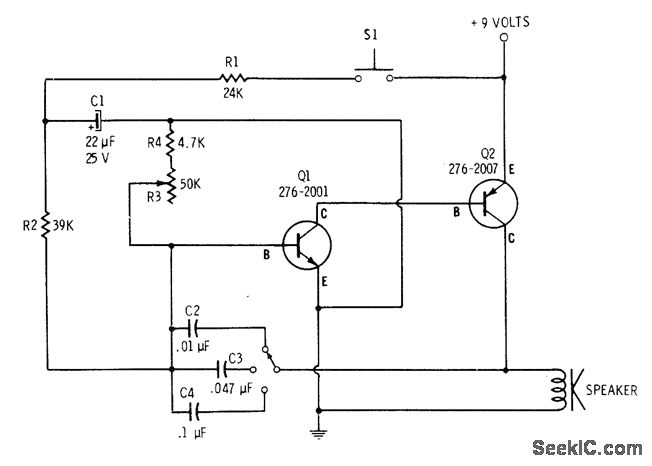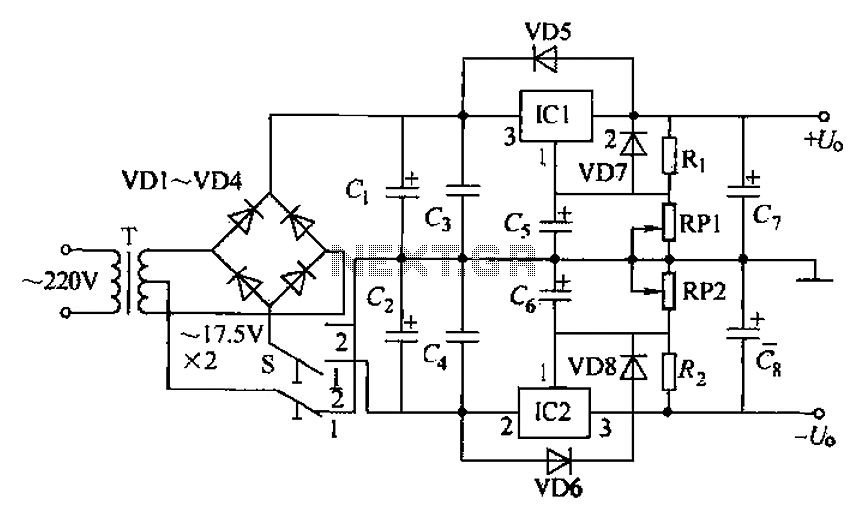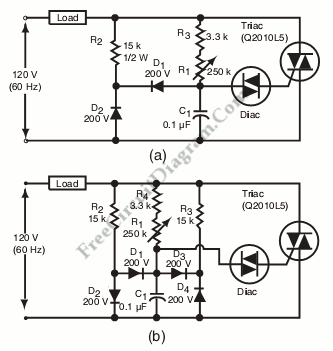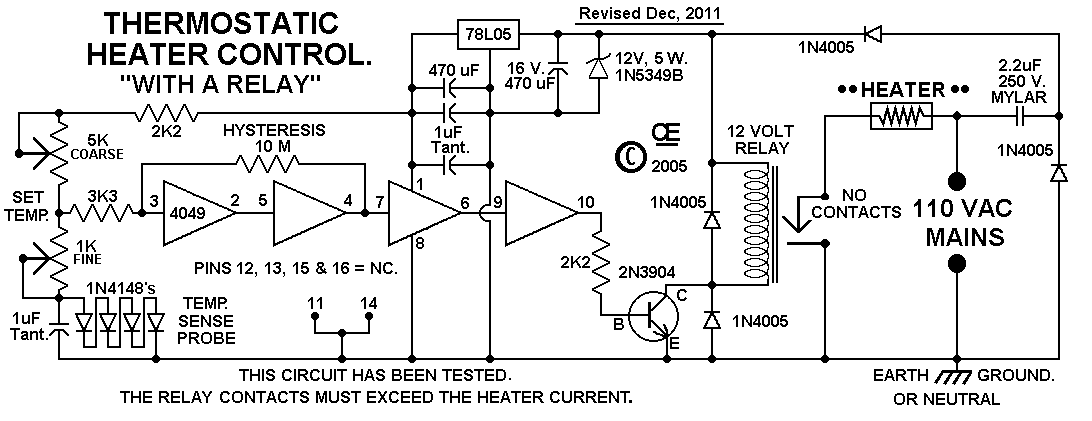
A Thermostat With Adjustable Hysteresis

A thermostat doesn't try to maintain a constant temperature. In order to do so, it would have to keep switching on and off every few seconds. Instead, it keeps the temperature within a specific range. When the preset temperature has been reached, it switches off. It only switches on again when there has been a significant change in temperature. The difference between the temperature at which the thermostat switches off and the temperature at which it switches on again is the hysteresis. Without this hysteresis, your central heating, refrigerator, etc. would keep switching on and off every few seconds.
A thermostat is an essential component in various heating and cooling systems, designed to regulate temperature by controlling the operation of heating or cooling devices. The basic operation of a thermostat involves monitoring the ambient temperature and comparing it to a user-defined setpoint. When the measured temperature deviates from this setpoint, the thermostat activates or deactivates the connected heating or cooling system.
The hysteresis feature is crucial in preventing rapid cycling of the heating or cooling equipment. Hysteresis refers to the temperature differential between the points at which the thermostat turns the system on and off. This differential allows the system to operate within a defined temperature band, thus avoiding the inefficiencies and wear associated with constant switching. For example, if a thermostat is set to maintain a temperature of 70°F, it may turn off the heating system when the temperature reaches 70°F and will only turn it back on when the temperature drops to 68°F, creating a hysteresis of 2°F.
In electronic schematic terms, a typical thermostat circuit may include components such as temperature sensors (thermistors or digital temperature sensors), a microcontroller or comparator circuit to process the temperature data, and relay or triac outputs to control the heating or cooling system. The temperature sensor continuously monitors the ambient temperature and sends this data to the microcontroller. The microcontroller processes the data, compares it to the preset temperature values, and determines whether to activate or deactivate the connected system.
The relay or triac acts as a switch that controls the power to the heating or cooling device based on the signals from the microcontroller. Additional features may include user interfaces such as LCD displays or buttons for setting the desired temperature, as well as communication interfaces for smart home integration.
Overall, the design of a thermostat circuit balances precision in temperature control with the need for mechanical and electrical reliability, ensuring efficient operation of heating and cooling systems in residential and commercial environments.A thermostat doesn't try to maintain a constant temperature. In order to do so - it would have to keep switching on and off every few seconds. Instead - it keeps the temperature within a specific range. When the preset temperature has been reached - it switches off. And it only switches on again - when there has been a significant change in temperature. The difference between the temperature at which the thermostat switches off - and the temperature at which it switches on again - is the hysteresis. Without this hysteresis - your central heating, refrigerator etc. would keep switching on and off every fe 🔗 External reference
A thermostat is an essential component in various heating and cooling systems, designed to regulate temperature by controlling the operation of heating or cooling devices. The basic operation of a thermostat involves monitoring the ambient temperature and comparing it to a user-defined setpoint. When the measured temperature deviates from this setpoint, the thermostat activates or deactivates the connected heating or cooling system.
The hysteresis feature is crucial in preventing rapid cycling of the heating or cooling equipment. Hysteresis refers to the temperature differential between the points at which the thermostat turns the system on and off. This differential allows the system to operate within a defined temperature band, thus avoiding the inefficiencies and wear associated with constant switching. For example, if a thermostat is set to maintain a temperature of 70°F, it may turn off the heating system when the temperature reaches 70°F and will only turn it back on when the temperature drops to 68°F, creating a hysteresis of 2°F.
In electronic schematic terms, a typical thermostat circuit may include components such as temperature sensors (thermistors or digital temperature sensors), a microcontroller or comparator circuit to process the temperature data, and relay or triac outputs to control the heating or cooling system. The temperature sensor continuously monitors the ambient temperature and sends this data to the microcontroller. The microcontroller processes the data, compares it to the preset temperature values, and determines whether to activate or deactivate the connected system.
The relay or triac acts as a switch that controls the power to the heating or cooling device based on the signals from the microcontroller. Additional features may include user interfaces such as LCD displays or buttons for setting the desired temperature, as well as communication interfaces for smart home integration.
Overall, the design of a thermostat circuit balances precision in temperature control with the need for mechanical and electrical reliability, ensuring efficient operation of heating and cooling systems in residential and commercial environments.A thermostat doesn't try to maintain a constant temperature. In order to do so - it would have to keep switching on and off every few seconds. Instead - it keeps the temperature within a specific range. When the preset temperature has been reached - it switches off. And it only switches on again - when there has been a significant change in temperature. The difference between the temperature at which the thermostat switches off - and the temperature at which it switches on again - is the hysteresis. Without this hysteresis - your central heating, refrigerator etc. would keep switching on and off every fe 🔗 External reference





